THE string of disastrous Bollywood films headlined by Akshay Kumar and Ajay Devgn in recent years has become a running joke.
With Hindi cinema going through arguably its worst phase in history, the two ageing actors prioritising quantity over quality has only added to the industry’s troubles. Both have continued their woeful run of failures by starting 2025 with flops Azaad and Sky Force.
Both had come together for the megabudget entertainer Singham Again last year, but it massively underperformed and was ultimately seen as a flop due to its enormous budget. Since 2020, 55-year-old Devgn has headlined 11 films as a lead actor, with only three managing to succeed. His long list of flops includes Bhuj: The Pride of India, Runway 34, Thank God, Bholaa, Maidaan, and Auron Mein Kahan Dum Tha. Making matters worse, Devgn has directed and produced many of these failed projects.
If Devgn’s career has been struggling, then for 57-year-old Akshay Kumar, it has been nothing short of a nightmare. Since 2020, he has headlined 16 films, with only two being counted as successes. His flops include Laxmii, Bachchhan Paandey, Samrat Prithviraj, Raksha Bandhan, Ram Setu, Selfiee, Sarfira, and last year’s biggest disappointment, Bade Miyan Chote Miyan.
While other frontline stars have had their fair share of flops in the past five years, none come close to the sheer number of failures delivered by these two actors. Despite this, they continue to flood the industry with upcoming projects, many of which already appear to be disasters in the making. They are even reportedly teaming up for a film directed by Devgn and starring Kumar – an odd choice considering every film Devgn has directed has been a commercial failure.
Devgn is hoping to reverse his fortunes with sequels to his previous hits, including Raid 2, De De Pyaar De 2, and Son of Sardaar 2. Kumar, too, is relying on sequels, with new instalments of Jolly LLB, Housefull, Welcome, and Hera Pheri in the pipeline. However, their increasing dependence on past successes only highlights their failure to find fresh, engaging projects.
While their disconnect from audience preferences is undoubtedly harming Bollywood, it is hard to blame them for cashing in. If financiers, corporate houses, and top producers are willing to burn money on actors with such a poor track record, it would be foolish for them not to take the money. Additionally, with what is arguably the weakest generation of young leading men in Bollywood history, producers have little choice but to stick with ageing stars, even if they keep delivering flops.
Both actors still have the potential to choose projects that align with audience expectations. But with lucrative endorsement deals, hefty paychecks, and an endless wave of films, they seem blind to what makes a good movie. This means that audiences will continue to endure one disappointment after another from these two actors. But the bigger question remains – how much longer can Hindi cinema afford to haemorrhage money on stars who have already had their time at the top?
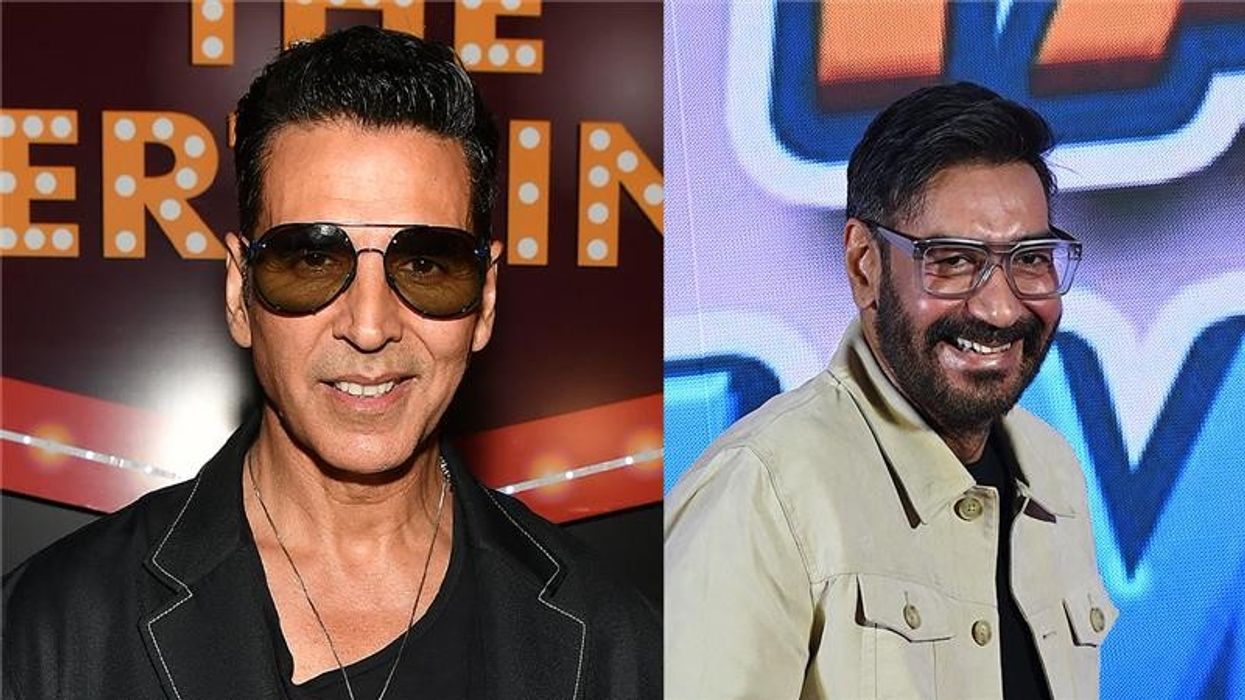


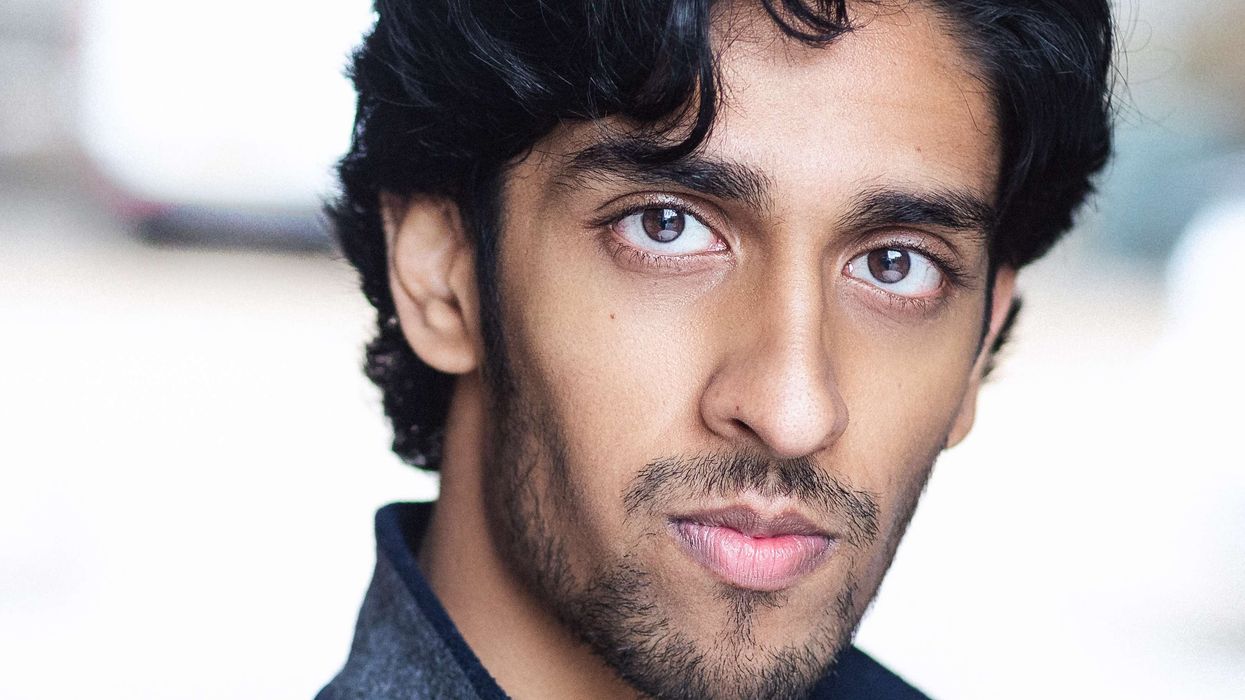
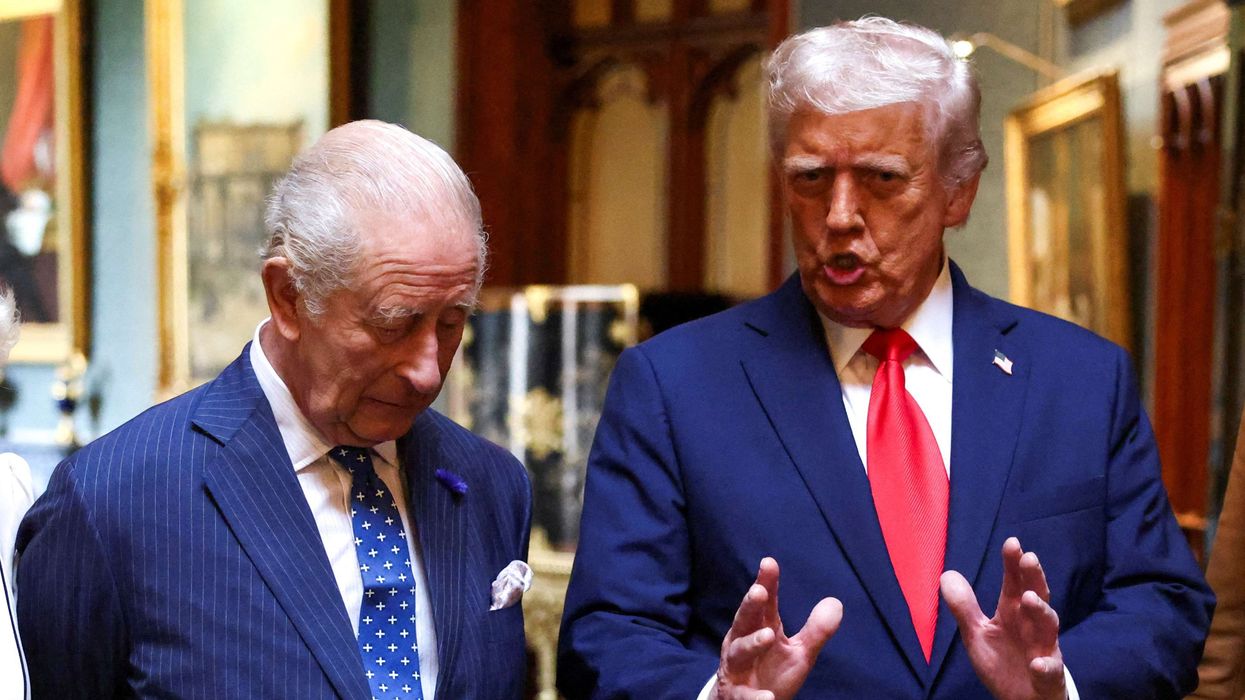
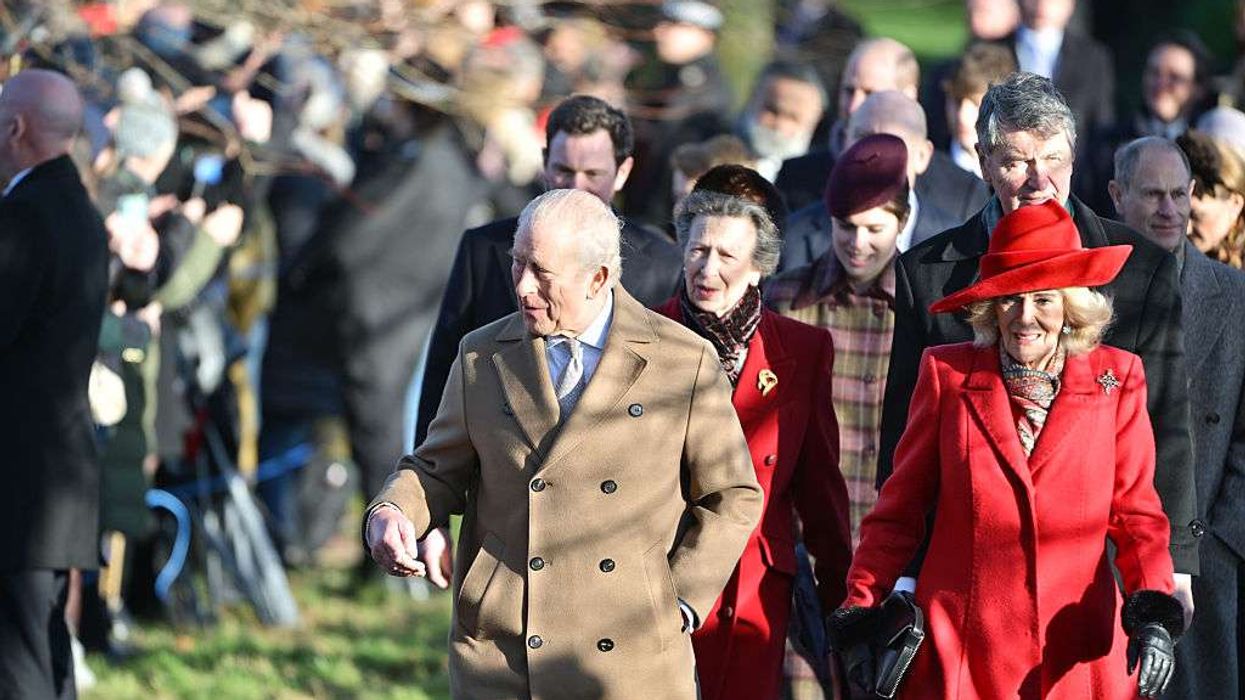
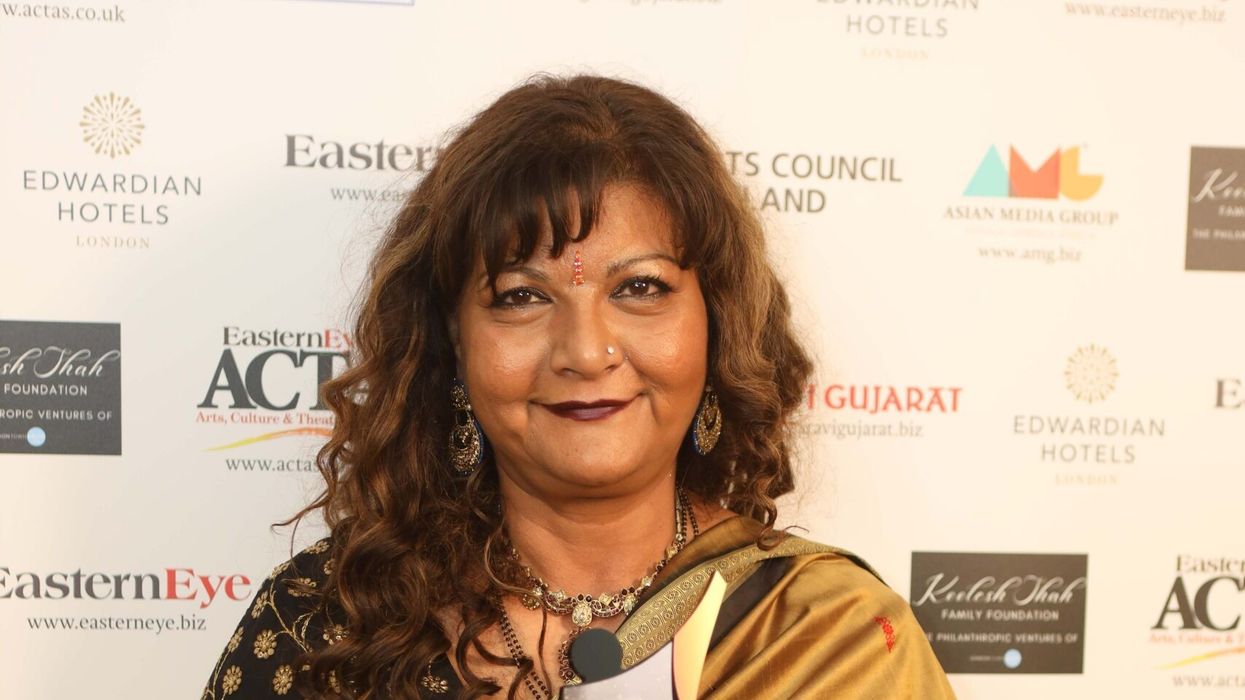 Tanika Gupta
Tanika Gupta 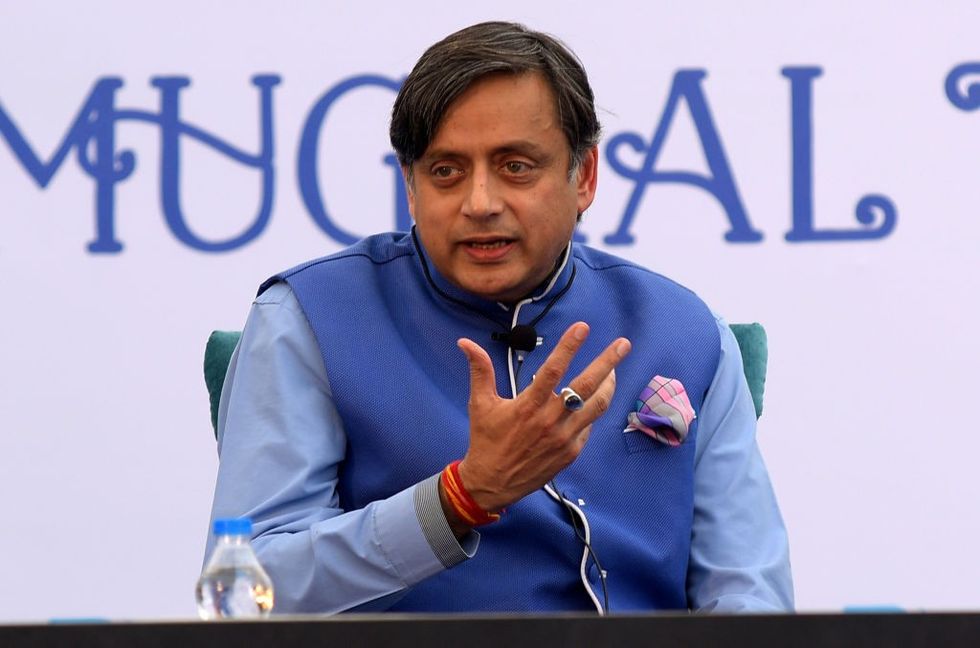 Shashi Tharoor AFP via Getty Images
Shashi Tharoor AFP via Getty Images 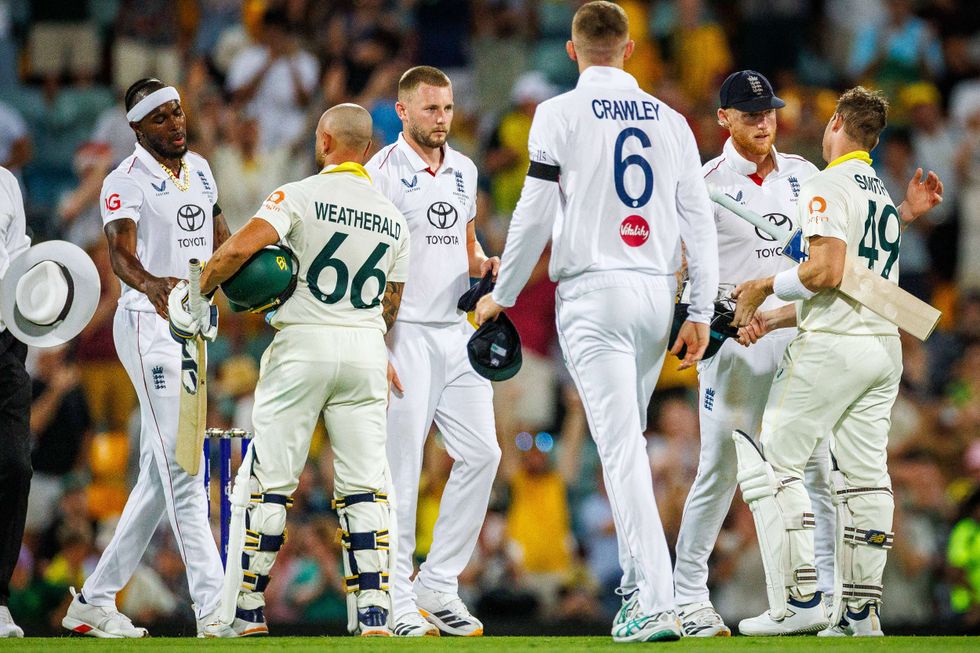 English cricket writers are distraught that in the current “Ashes” series against Australia down under Getty Images
English cricket writers are distraught that in the current “Ashes” series against Australia down under Getty Images 





